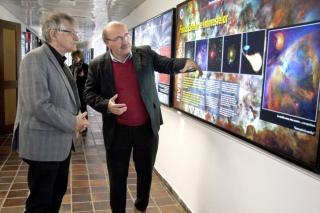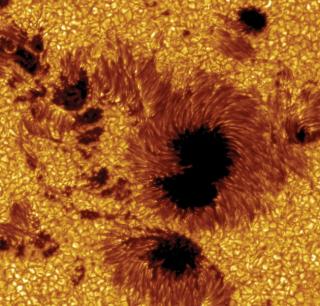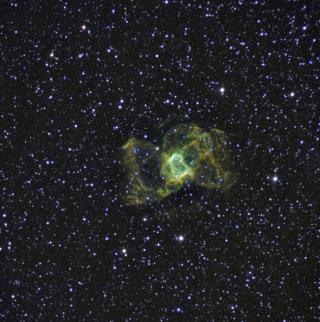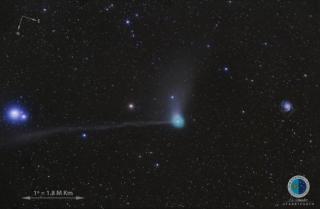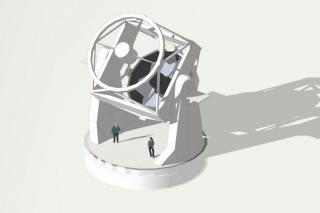
Sited at the Roque de los Muchachos Observatory, it will be the biggest and most rapid telescope in its class, as well as having the highest level of technology
Advertised on
This section includes scientific and technological news from the IAC and its Observatories, as well as press releases on scientific and technological results, astronomical events, educational projects, outreach activities and institutional events.

